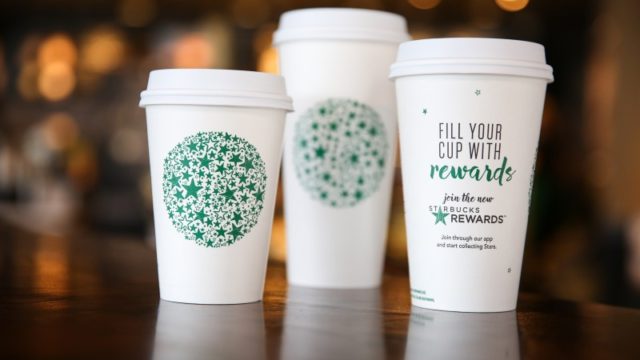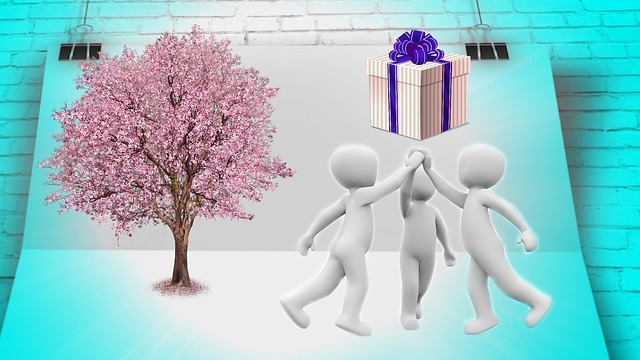From entertaining Super Bowl commercials to wildly viral video campaigns, marketing has always had a flair for the playful. It is no surprise then that the concept of gamification is readily integrated into many aspects of marketing. Well-known examples include Starbucks’ creative use of gamification in its reward program and McDonald’s adaptation of the Monopoly Game. In this article, I’d like to outline several key trends I observe in the application of gamification in marketing.
Gamification and Branding
Good gamification and good branding share one thing in common: a good story. In a world of social media and user-generated content, a brand has to shift from hard sell to telling good stories about the brand to attract consumers. The new generations of consumers appreciate a brand that is authentic and relatable. Gamification will play an important role in brand storytelling by integrating bits and pieces of brand stories into gamified experiences. It can bring the brand story alive and let the fun experiences translate into memorable brand moments for users. Coca-Cola’s huggable vending machine is a good example of such experiences.
Using Gamification to Increase Customer Engagement
Games are engaging, and customer engagement is a valuable asset in today’s marketing. One brand adept at leveraging board game concepts is Starbucks. The Starbucks Hopscotch game that ran this spring challenged users to make specific purchases (e.g., buying lunch, mobile ordering) in order to hopscotch their way to 400 bonus stars. Compared to an old boring promotion, gamification keeps users on their toes and offers them the gratification of winning challenges and rewards. The result? An audience who won’t easily get comfortable or bored with a brand and who will want to be part of the exciting experiences that the brand has to offer.
Continue reading “Key Trends in Marketing Gamification”


